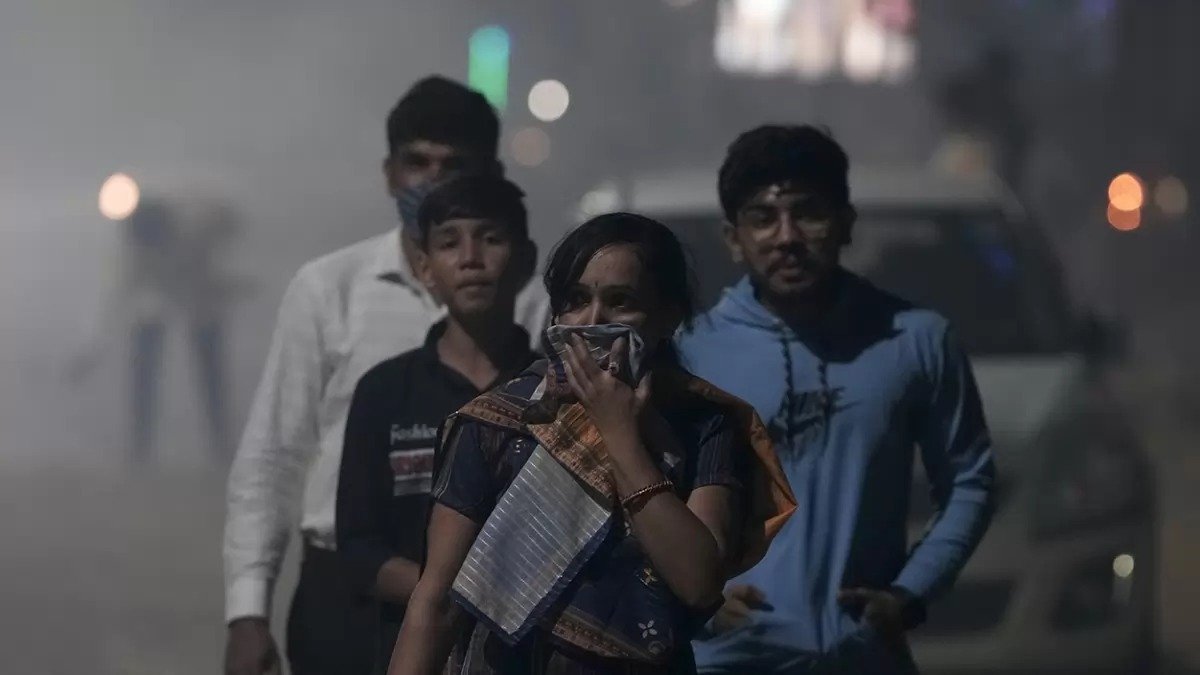In the absence of strict regulations, materials other than wood are also burnt, sometimes including plastic and other waste materials, the resaerchers said. Such fires produce a mixture of gases containing countless chemical compounds, such as cresol, which our noses associate with the typical smell of fire, as well as sugar-like molecules from the burnt cellulose in the wood, they said.
Scientists have determined why smog forms at night during winters in the national capital, contrary to all the rules of atmospheric chemistry. For the past three years, New Delhi has been ranked the world’s most polluted capital. Its high levels of air pollution have been linked with a large number of premature deaths.
In winter, the particulate matter levels exceed 500 micrograms per cubic meter of air. A team of researchers from the Paul Scherrer Institute (PSI) in Switzerland along with scientist from the Indian Institute of Technology (IIT) Kanpur and colleagues investigated the origin of these extremely high particulate levels in nighttime New Delhi in winter.
“The chemical processes that take place in the air at night are unique to the Indian capital and have not been observed anywhere else in the world,” said Imad El-Haddad, an atmospheric chemist at PSI and one of the corresponding authors of the study.

























